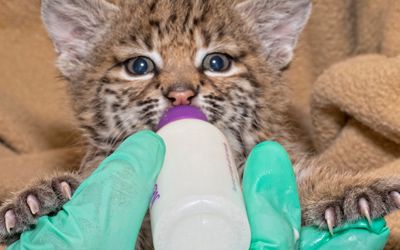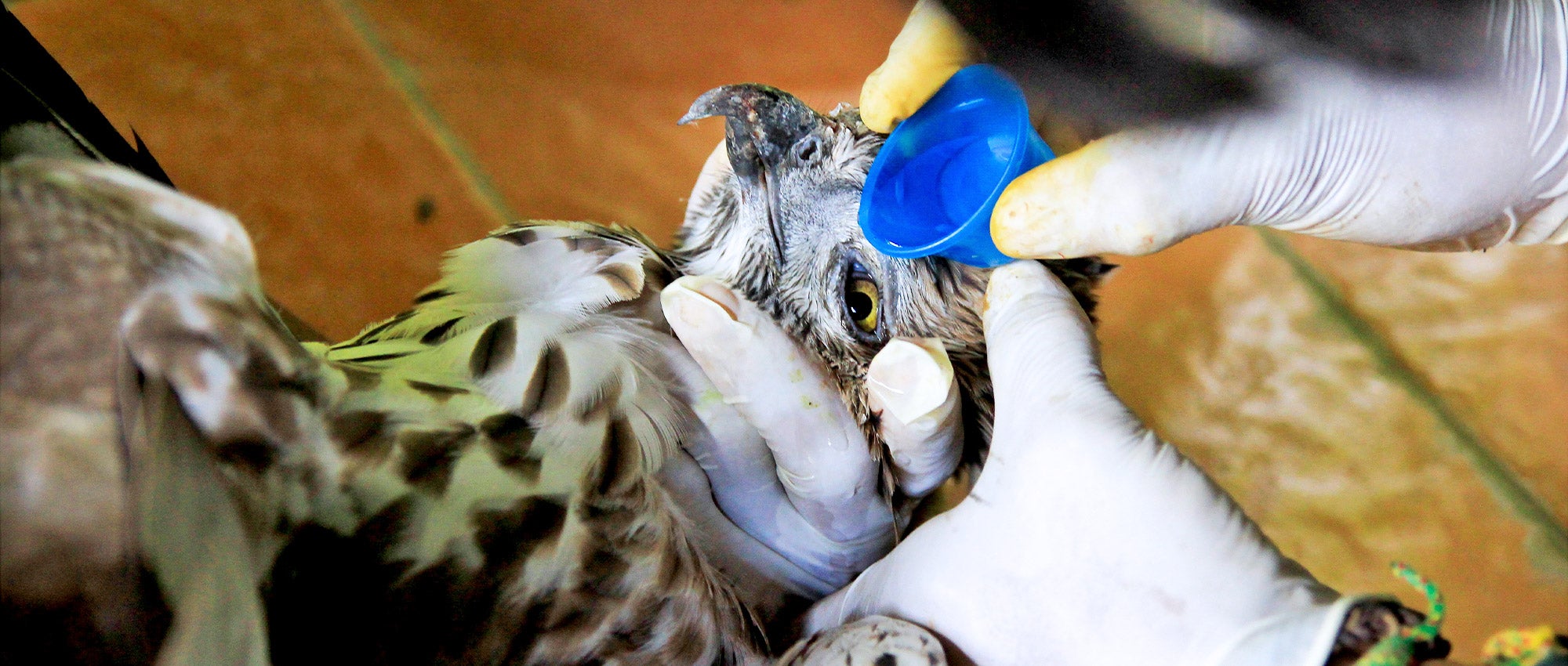Community Resources for Effective Animal Control Burlington Providers
Community Resources for Effective Animal Control Burlington Providers
Blog Article
Common Obstacles and Solutions in Urban Wild Animals Removal Efforts
Urban environments existing one-of-a-kind obstacles for wild animals management professionals entrusted with eliminating or handling wildlife populaces. These difficulties commonly intersect with moral considerations, legal structures, and the safety and security of both animals and people. Public resistance and misconceptions additionally make complex these efforts, necessitating ingenious, non-lethal solutions and robust area outreach. Understanding the intricacies associated with urban wildlife elimination is vital for establishing approaches that stabilize human safety with wildlife welfare. What techniques have verified most effective, and exactly how can neighborhoods be much better engaged to support these campaigns? This discussion looks for to discover the elaborate equilibrium required for successful city wildlife monitoring.
Honest Wildlife Administration
Resolving the complexities of moral wildlife administration needs a balance in between human interests and the conservation of wild animals ecosystems. In urban setups, this balance becomes progressively challenging as human expansion encroaches on wild animals environments, leading to frequent human-animal interactions. Ethical wildlife administration in these atmospheres needs approaches that focus on humane treatment of pets while reducing possible problems.
Among the core concepts in moral wildlife monitoring is the avoidance of injury. This includes utilizing non-lethal techniques for wildlife elimination, such as exclusion techniques that stop animals from getting in human residences, or making use of deterrents that guide them far from metropolitan areas. Wildlife professionals are entrusted with utilizing approaches that lessen anxiety and injury to the pets, ensuring their well-being is thought about alongside human safety and security.
Additionally, moral monitoring needs informed decision-making based on clinical study and environmental understanding. It is necessary to assess the eco-friendly roles of metropolitan wildlife and how their elimination may impact neighborhood biodiversity. Specialists should additionally involve in public education and learning, promoting a broader recognition of coexistence strategies and emphasizing the value of maintaining all-natural habitats. Eventually, reliable honest wildlife administration entails partnership in between guardians, policymakers, and the general public to sustain city environments.
Browsing Legal Constraints
Navigating the legal landscape of city wild animals removal provides a complicated layer to the currently challenging task of ethical wildlife management. These regulations differ significantly across regions, necessitating thorough understanding and conformity from those included in wildlife monitoring - burlington animal control.
One significant challenge is the continuous evolution of these regulations, usually driven by environmental changes and societal perspectives towards wild animals conservation. Therefore, experts should continue to be informed about current legal standards and upcoming legal adjustments. Non-compliance can result in considerable charges, legal implications, and reputational damages.
Structure partnerships with wildlife companies and legal experts can give beneficial insights and assistance. Therefore, understanding and sticking to lawful structures is not merely a step-by-step requirement however a fundamental element of accountable and sustainable urban wild animals administration.

Safety in Removal Practices
Guaranteeing safety in wild animals removal techniques is vital to shielding both human and animal welfare. These efforts need a well balanced strategy that reduces danger while achieving the preferred end result of moving pets from city settings. A main problem in wildlife elimination is the potential for injury or disease transmission to people, demanding using individual safety devices (PPE) such as masks, gloves, and safety glasses. Trained experts should handle eliminations to avoid aggravating the circumstance, as inexperienced individuals may inadvertently damage themselves or the pets webpage included.
Safe removal practices also consist of making use of gentle catches created to stop injury. These catches have to be regularly monitored to ensure that pets are not left in distress. In addition, it is essential to abide by standards that dictate the appropriate handling, transportation, and launch of caught wildlife, ensuring that the pets are returned to suitable habitats where they can thrive without positioning more dangers to metropolitan environments.
Additionally, education and learning and training for those entailed in wild animals elimination are vital. This makes sure that all events understand the most up to date security methods and methods, consequently minimizing the possibility of accidents and promoting a harmonious coexistence in between city dwellers and wildlife.
Cutting-edge Deterrent Solutions
While security in wildlife elimination is essential, avoiding experiences with urban wild animals via ingenious deterrent services can significantly reduce the demand for such interventions. Urban environments, with their abundance of food and shelter, frequently draw in wildlife like pigeons, squirrels, and raccoons, resulting in possible conflicts. Innovations in technology and style have led the way for imaginative and efficient deterrent approaches that lessen wild animals existence without damage.
One such solution is the use of ultrasonic devices, which discharge high-frequency sounds inaudible to humans yet try this web-site undesirable for various wild animals types, driving them far from particular areas. Additionally, motion-activated sprinklers can discourage pets by startling them with unexpected bursts of water, properly preventing their return. These tools are particularly valuable in securing yards and green rooms from foraging pets.

Additionally, the assimilation of clever lights systems that readjust their brightness and color can interfere with the nocturnal tasks of certain wild animals, reducing their comfort in metropolitan settings. Physical barriers, such as bird spikes and nettings, remain to act as useful deterrents, protecting against animals from nesting or roosting in unfavorable places. Emphasizing humane and environmentally friendly approaches, these developments hold pledge for sustainable city wildlife management.
Area Education Efforts
Comprehending the significance of community education and learning campaigns is crucial in resolving city wild animals obstacles efficiently. Such efforts play a substantial function in cultivating coexistence in between human beings and wildlife in urban setups by elevating awareness and advertising liable actions. Enlightening homeowners concerning local wild animals species, their habitats, and behaviors can minimize misconceptions and anxiety, bring about even more enlightened choices regarding wildlife monitoring.
Area education and learning efforts commonly include workshops, workshops, and outreach programs developed to engage locals of all ages. These campaigns can concentrate on useful advice, such as protecting waste containers, mounting bird-friendly structures, and preventing feeding wild animals, which aids avoid attracting animals right into city areas. By disseminating knowledge regarding the environmental functions of wild animals, neighborhoods can move viewpoints from viewing pets as nuisances to acknowledging their value within metropolitan communities.
Homeowners who comprehend the importance of wild animals preservation are more most likely to support gentle removal methods and environment defense steps - burlington wildlife rescue. Reliable community education and learning needs cooperation between neighborhood authorities, wild animals news experts, and area leaders to develop customized programs that attend to certain city wildlife problems.
Final Thought
Urban wildlife removal requires a diverse approach, attending to ethical monitoring, lawful conformity, and security in elimination techniques. Successful metropolitan wild animals management hinges on partnership amongst locals, experts, and authorities, making sure approaches that guard human safety while valuing wildlife welfare.
Urban atmospheres present unique challenges for wildlife administration experts charged with managing or eliminating wild animals populations. Comprehending the complexities entailed in urban wild animals removal is vital for creating methods that balance human security with wild animals well-being.Navigating the lawful landscape of metropolitan wild animals removal offers a complicated layer to the currently tough job of honest wildlife monitoring.While safety in wildlife elimination is important, avoiding encounters with city wildlife via cutting-edge deterrent solutions can dramatically decrease the demand for such treatments. Effective metropolitan wild animals monitoring pivots on collaboration amongst professionals, citizens, and authorities, guaranteeing approaches that safeguard human safety while respecting wild animals well-being.
Report this page